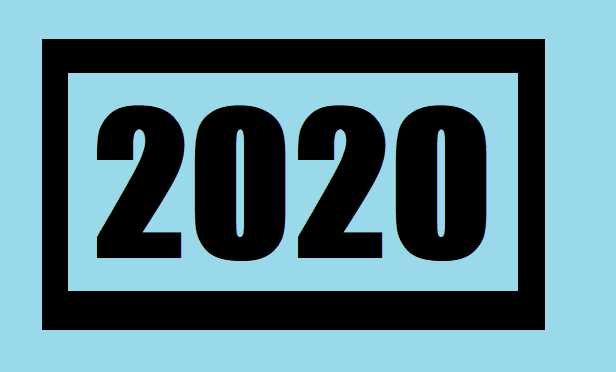
For the past few years, trying to sell individual major medical insurance has been about as popular as trying to sell anchovy ice cream.
But now eHealth Inc. — one of the web brokers that has been trying shift more toward selling Medicare plans, and away from selling individual major medical insurance — says the health insurers still in the Affordable Care Act (ACA) public exchange plan market seem to be feeling better about the market.
Seventeen carriers participated in a recent eHealth issuer survey. Those carriers provide health coverage for about 80 million people.
Related: 10 states paying the most for employer-sponsored health care premiums
About 60 percent of the insurers said they intend to expand their ACA public exchange market participation in 2020.
Just one carrier said that it intends to get out of the market.
The background
The individual major medical insurance market has always been a tough market, because insurers have struggled to find ways to balance the need to manage claims risk against public hostility toward business moves that hurt people with health problems.
Many states have imposed, and removed, tight restrictions on pricing and underwriting over the years.
Congress created the ACA public exchange system in the Patient Protection and Affordable Care Act of 2010, one of the two laws in the ACA package. The exchange system is supposed to be a web-based health insurance supermarket. It's supposed to give consumers a way to shop for high-quality, somewhat standardized coverage on an apples-to-apples basis.
Many health insurers jumped into the exchange system enthusiastically when the system opened for business, in October 2013. The first coverage sold began to take effect in January 2014.
The exchange program suffered from severe administrative glitches in the first year, and claims were higher than many of the issuers had expected.
The administration of former President Barack Obama frustrated carriers by making many sudden policy changes. Republicans in Congress found ways to block funding for major ACA subsidy programs.
When Donald Trump became president, his administration further squeezed ACA subsidy program funding, and HealthCare.gov marketing support.
Trump signed a bill that zeroed out the ACA “individual shared responsibility” penalty, or fee imposed on many people who fail to have what the government classifies as solid major medical coverage.
But the ACA premium tax credit subsidy, which helps low-income people pay for coverage, stayed in place, and that helped lock some insurers, and many consumers, into the system.
What issuers told eHealth
Here are three things that issuers told eHealth about the ACA exchange program:
1. Only 33 percent said the move to zero out the ACA individual mandate penalty hurt renewals. Two-thirds of the issuers said the move had no noticeable effect on enrollee retention.
2. Issuers are expecting prices to be pretty stable. About 33 percent said they expect prices to stay about the same, and 23 percent said they expect to cut premiums by 5 percent or more.
3. Issuers are less interested in restricting provider networks. A year ago, 36 percent of the exchange plan issuers said they would be cutting the size of their provider networks. This year, just 18 percent of the issuers said they intend to make their provider networks narrower, and 18 percent said they intend to make their networks broader.
Resources
A link to the eHealth survey results is available here.
Read more:
© Touchpoint Markets, All Rights Reserved. Request academic re-use from www.copyright.com. All other uses, submit a request to [email protected]. For more inforrmation visit Asset & Logo Licensing.






